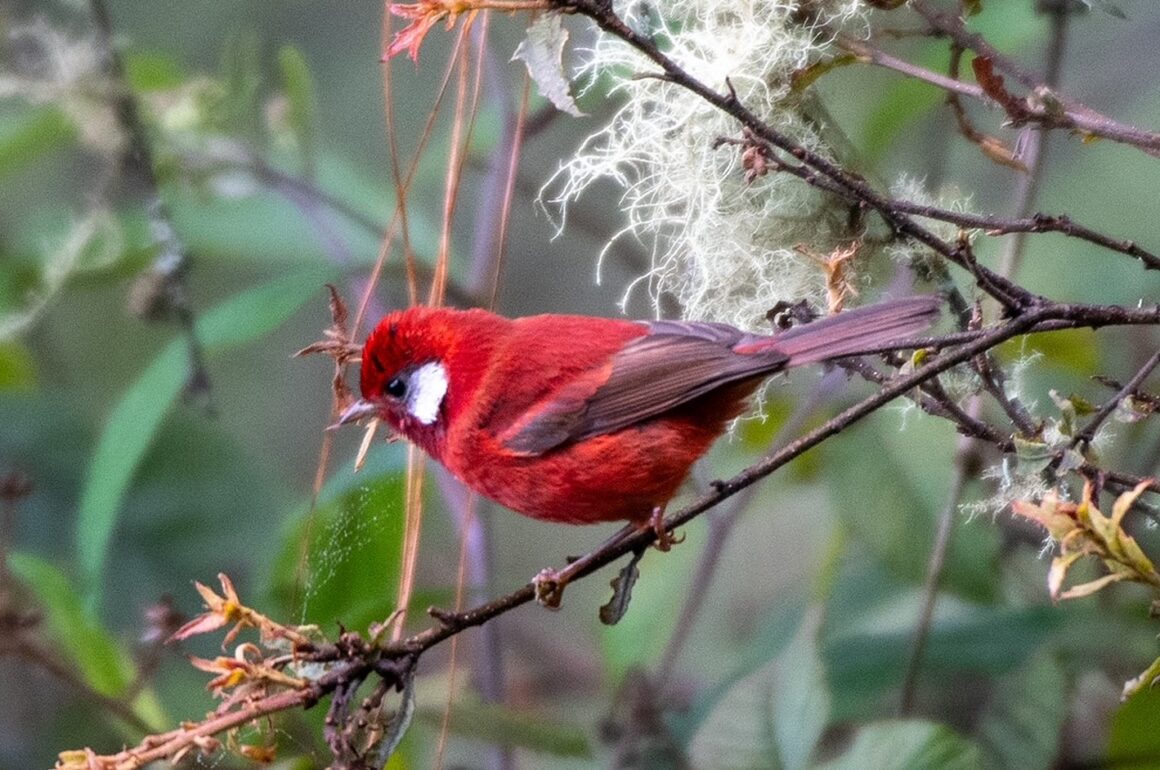
By Hannah Buschert
Hannah Buschert started birding in college thanks to a required Biology of Birds course and a professor who included Sir David Attenborough’s Life of Birds to punctuate lessons. Almost as if by accident, Hannah landed the dream job of Park Ranger in the Rio Grande Valley at Bentsen-Rio Grande Valley State Park where she guided many birders who filled her head with far-off destinations and incredible birds. Called home to the Oregon Coast to operate the family motel, in her free time she leads Tufted Puffin walks and escapes to guide at birding festivals and explore the world as often as possible. Hannah is passionate about travel, tourism, and birding and hopes to inspire others through her podcasts: Hannah and Erik Go Birding, Women Birders (Happy Hour), and Bird Nerd Book Club.
It was on a whim that our most recent adventure took us to Oaxaca. After a busy summer working 24 hours/7 days a week in a tourist community at my family’s hotel on the Oregon Coast, we took the first possible chance to get a week away. I have been slowly working up to my latest life list benchmark (2,000 bird species) and scoured eBird for a location within an 8-hour flight to get some lifers. And somehow this directed us to Oaxaca. It also did not hurt that we are learning Spanish and could get some intensive practice.
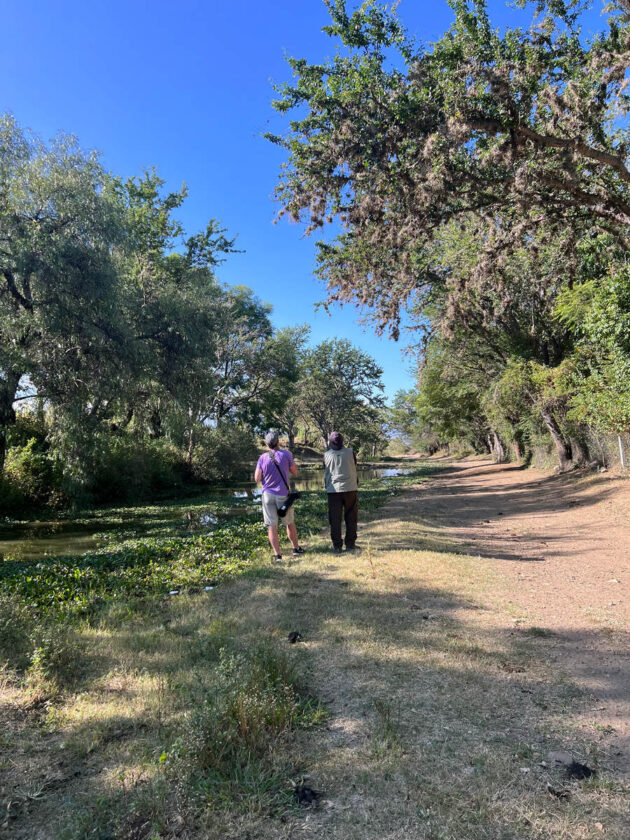
Next step: find a bird guide. This ended up being a bit more difficult than I imagined. Our local friend was already busy and everyone that had been suggested had to be flown in from either nearby Huatulco or Mexico City, which significantly added to the guiding fee. Finally, one of our listeners came through by suggesting Edgar Del Valle, a local birder and English tutor.
We secured a room at a hotel in the heart of the UNESCO portion of Oaxaca de Juarez, Hotel CasAntica, which is a repurposed 16th-century convent complete with eerie music playing at all hours of the day that we could only hear in our room. I imagined a wool-clad nun sitting in the sweltering heat beside a candle carefully studying the Bible and humming to herself in the wee hours of the night. Besides that, it is a stunningly beautiful hotel and comfortable with a great pool in an interior courtyard and MC Escher-style staircases. Although it is right on a busy road once you walk into the lobby it is peaceful and quiet.
Our first day was spent on a mezcal tour, which I only remember half of, and misidentified birds after the first stop. If you go on such a tour – pace yourself. I did not get an adequate warning of what was in store for us until we had already sampled four types of mezcal, then our guide informed us that we were to try twenty more mezcals – and that was only the first stop. The portions I self-poured were an obvious mistake and afterwards only took a few drops of each additional drink. The mezcal palenques vary from one site to the next. The first we went to was a family home with generations of mezcaleros and the process being completed in their front courtyard. The next was a first-generation mezcalera in a beautiful landscape with a garden of marigolds and a tall lean-to providing you a place to sit, drink mezcal, and view the mountains – it would be a great stop on a hybrid mezcal/birding tour. I do not remember much of the third other than that I had to give up tasting after the first few due to the heat and concerns for my own health.
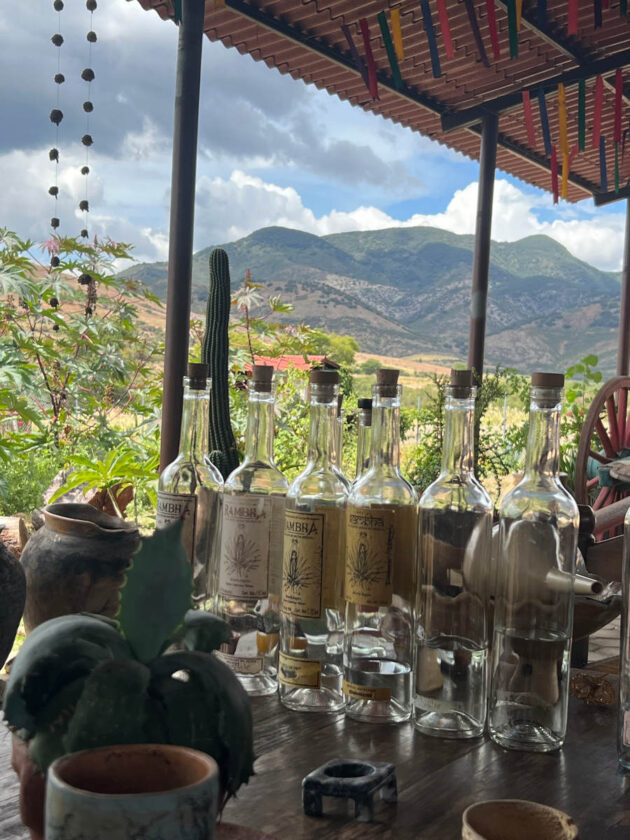
The next few days were spent up at 4:30 am and meeting Edgar outside the hotel by 5:30 am.
Our first day was Teotitlan del Valle, a town renowned for weaving, where we explored the watershed of this community. On the way there we swung by a seemingly random patch in a field. Of course, it was busting with birds and got us many firsts with White-throated Towhees, Berylline Hummingbirds, and a Gray-backed Woodpecker. We moved along towards some water and enjoyed a leisurely walk along a stream with familiar East Coast warblers hopping through the bushes with the odd Great Kiskadee call in the distance. Crested Caracaras and a variety of kingbirds decorated the treetops. Periodically we would see rustling in the understory across the stream and spend the necessary time sussing out what it could be. Sometimes it was a Blue Mockingbird, the next time a Black-vented Oriole. That led up land with signs stating “Propiedad Comunal” (communal property) which was a wonderland of cactus and low shrubs. We hoped that a Lesser Roadrunner would show up…but alas it was not meant to be.
Lunch was at Tierra Antigua which is famed for its traditional Zapotec food like various mole dishes. They also have a gallery of textiles that are typical to the area.
We continued to a few more spots below a dam with flocks of warblers moving around and up to the reservoir to see some Least Grebes floating around. Along the creek heading that flowed into the reservoir, while every bare bit of skin was being attacked by wimpy mosquitoes, we saw a Greenish Elaenia, calling Orange-billed Nightingale-Thrush, and a game of peek-a-boo with a Dwarf Vireo. Continuing up the watershed, we hiked quiet backroads which revealed a Great Pewee, Bridled Sparrow, and more.
The next day we took a cab up to Monte Alban to explore the ruins that overlook Oaxaca. I do wish we had arrived earlier for better birding; everyone told us to get up at 10:00 am, which ended up being too late.
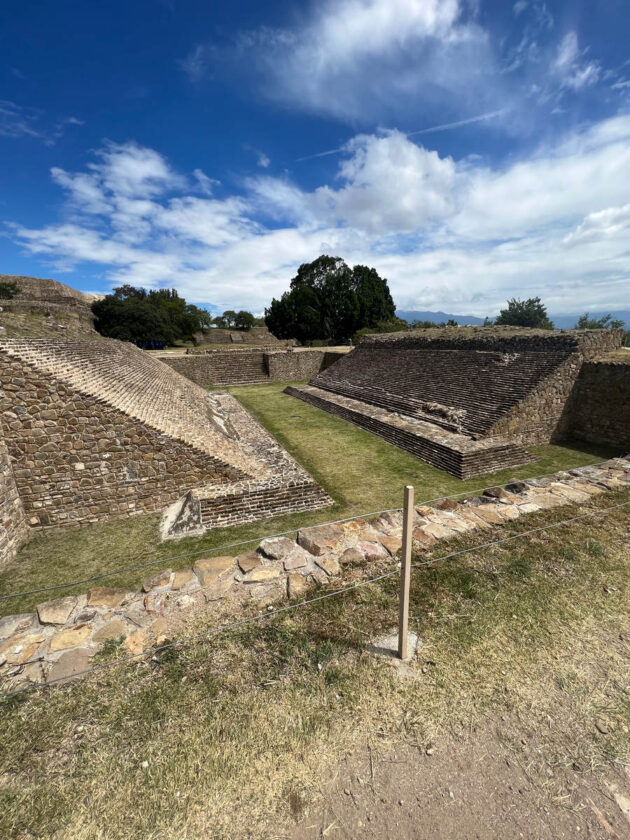
Monte Albán was the capital of the Zapotec Civilization who are indigenous to the Oaxaca Valley, originating about 2,500 years ago making it one of the earliest cities in Mesoamerica. For over 1,000 years it was the center for Zapotec socio-politics and economy. Today, Monte Alban is an incredible heritage tourism site that can be seen from anywhere in the central part of Oaxaca Valley. It has attracted inquisitive people for hundreds of years; however, it was really only excavated in 1931. The site is incredible for the views, history, and birds.
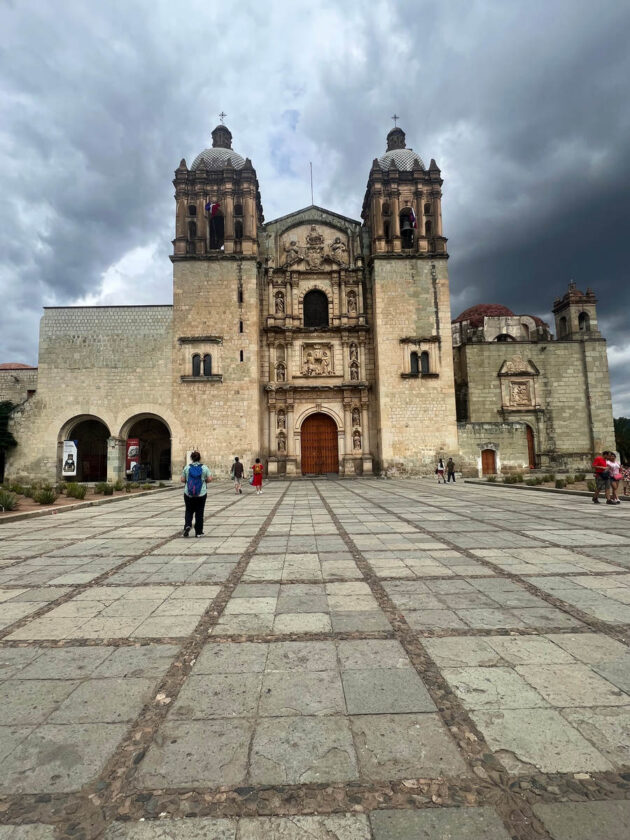
If visiting, keep in mind that Monte Alban is 6,400 feet above sea level and gets hot quickly. So we grabbed a cab back into the city and spent the rest of the day exploring other historical and cultural sites like the Mercado 20 de Noviembre and the Church of Santo Domingo. Although we had enough alcohol for a lifetime on our mezcal trip, we stopped by a pulqueria to sample one of the oldest drinks of the region: pulque. Made from fermented maguey sap, it was mixed with our choice of juices to create a mellow, fruity cocktail.
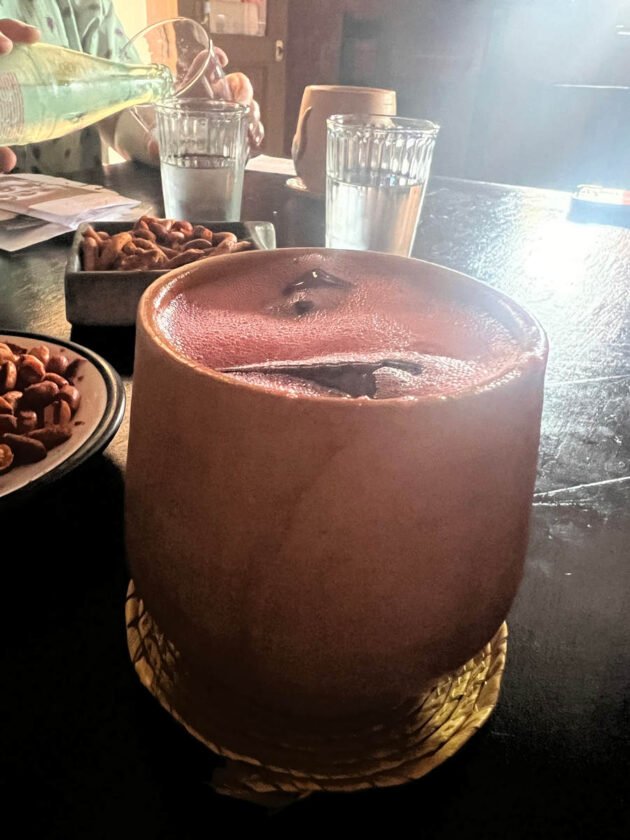
That night, I was awoken by the doors to our room rattling before realizing the bed was also shaking. We were experiencing an earthquake and my elementary-school-Pacific-Northwest training kicked in and I jumped into the doorway. Erik quickly reminded me that now that the earthquake was over, we just needed to evacuate. It ended up being a 5.9 earthquake in a nearby town. Fortunately, our aged hotel had experienced many, so we felt safe.
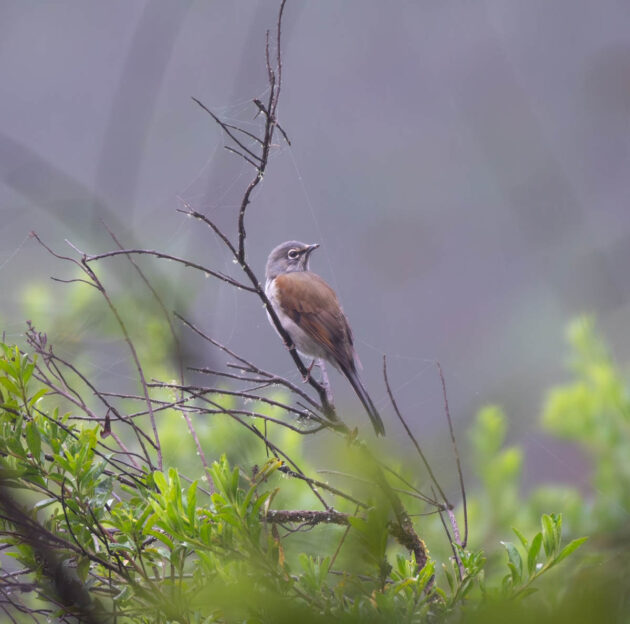
A few, short hours later we were up again to meet with Edgar and head up into the mountains north of the city. Just after getting on the mountain road, we stopped by a tree grove that was filled with flitting birds. It was cold and overcast, so I was glad I brought a jacket. After only a few minutes of sorting through warblers: Black-and-white Warbler, Tennessee Warbler, Orange-crowned Warbler, we found the holy grail: Red Warbler, whose brilliance stuck out despite the fogging conditions and poor lighting. Dawn song had just started with a Brown-backed Solitaire (picture above) calling just off the path, nightingale-thrushes hopping around, and hummingbirds whizzing around. Erik and I were surprised to have encounters with a couple of birds we are familiar with that are just a tad different. A group of Bushtits (melanotis Group) are similar to the Bushtits we know and love but with a black facemask. Also, Steller’s Jays with bold white, stern eyebrows.
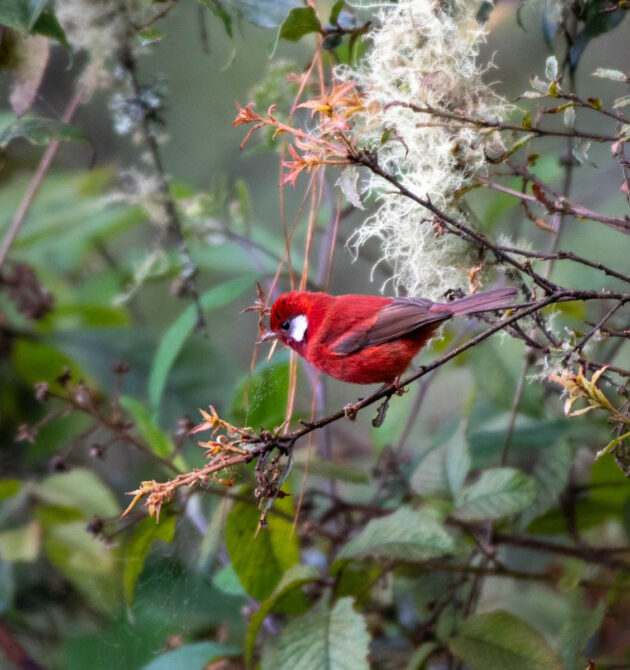
Below: Ruddy-capped Nightingale-thrush
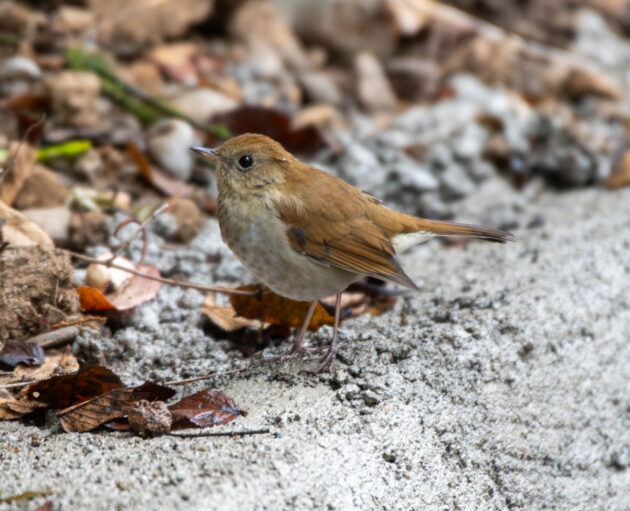
The rest of the day was spent climbing the mountain further seeing groups of birds here and there at different spots. We reached what seemed to be the “end of the road” at a camp owned and operated by community members and stopped to have lunch at the restaurant whose options were either entomatadas or enfrijoladas.
We took a brief hike around the camp, not seeing much until we got down to the parking area – where the birds always seem to be after a fruitless hike. We had a Mexican Chickadee, both kinglets, Yellow-eyed Junco, and Brown Creeper. But our real goal was for the Dwarf Jay and Mountain Trogon. Neither of which seemed to want to come out in the sprinkling rain and overcast skies. So, we jumped back into Edgar’s car ready to face defeat. Barely making it out of the parking lot, we stopped to get a better look at a Strong-billed Woodcreeper making its way along a tree truck when a Mountain Trogon came into view. Following it down the road a bit looking for a better photo point we ended up seeing three trogons – and then the Dwarf Jay! And with our targets found, we headed back into town.
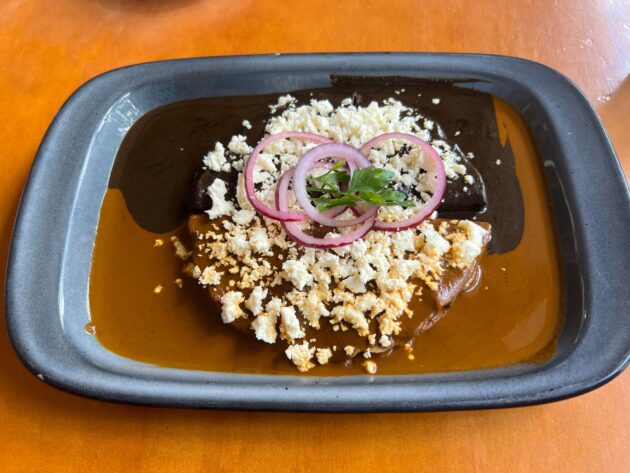
Oaxaca is a vibrant city with many day birding trip opportunities. For birders, there are many birding hotspots that are easily accessible and host endemic species. If staying in the city, a hotel like the one we chose offers walkable access to all kinds of restaurants and must-do sites. Besides birding, there are markets, cultural sites, waterfalls, hiking, festivals, tasty food, and of course, mezcal. It is a great destination to visit for mixed groups of birders and non-birders in which you can spend the day pursuing your interests and joining back up for a tlayuda or sampling the seven moles (mole negro is my favorite). There is much more that we did not have the time to do, birds we have yet to see, and mole to try! It is a region worth going to again and again and I cannot wait to get back!
Want to hear more about our adventure? Listen to us at Hannah and Erik Go Birding:




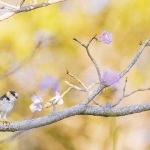
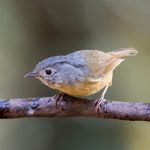





Mexican birds and mezcal… what could be better? Thanks for the inspiration!
Oh yeah, you were in my wheelhouse there. Although there are so many Mexican endemics that some of those birds are not available where I am, not so far away. I have yet to see that towhee, jay, and woodcreeper, although I’m good friends with several of their close relatives.
The brown job below the pulque shot, by the way, is a Brown-backed Solitaire, which really must be heard to be appreciated.